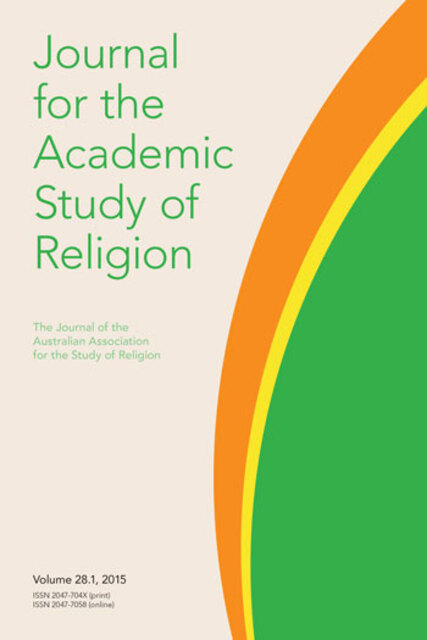Paganism, Archaeology and Folklore in Twenty-first Century Britain: A Case Study of ‘The Stonehenge Ancestors’

Full description
Previous scholarship on Paganism and archaeology has considered Pagan engagements with prehistoric ‘sacred sites’ as ‘new folklore’, examining how Pagan meanings are inscribed and constituted. Earlier work has also highlighted the importance of respect, dialogue and working together, to promote understanding and resolve tensions between Pagans and archaeologists. But antagonism endures: the ‘Avebury Consultation’ on reburial, for instance, resulting from certain Druid calls for the reburial of ancient human remains kept in the Alexander Keiller Museum; and heated exchanges between a group of Druids and archaeologists during excavations of cremated human remains from Aubrey hole 7 at Stonehenge. I focus on the latter case in which a new Pagan folklore of ‘the Stonehenge Guardians’ has emerged, partly based on archaeologists’ recent interpretations of Stonehenge, used by this minority of Pagans in protests against the long-term retention of human remains and to argue for their reburial. I conclude by reiterating how Pagans and archaeologists should and can work together.
- typeImage
- created on
- file formatjpeg
- file size24 KB
- container titleJournal for the Academic Study of Religion
- creatorRobert J. Wallis
- issnISSN: 2047-7058 (online)
- issue28.2
- publisherEquinox Publishing Ltd.
- publisher placeSheffield, United Kingdom
- doi
We use cookies to analyze our traffic. Please decide if you are willing to accept cookies from our website. You can change this setting anytime in Privacy Settings.
